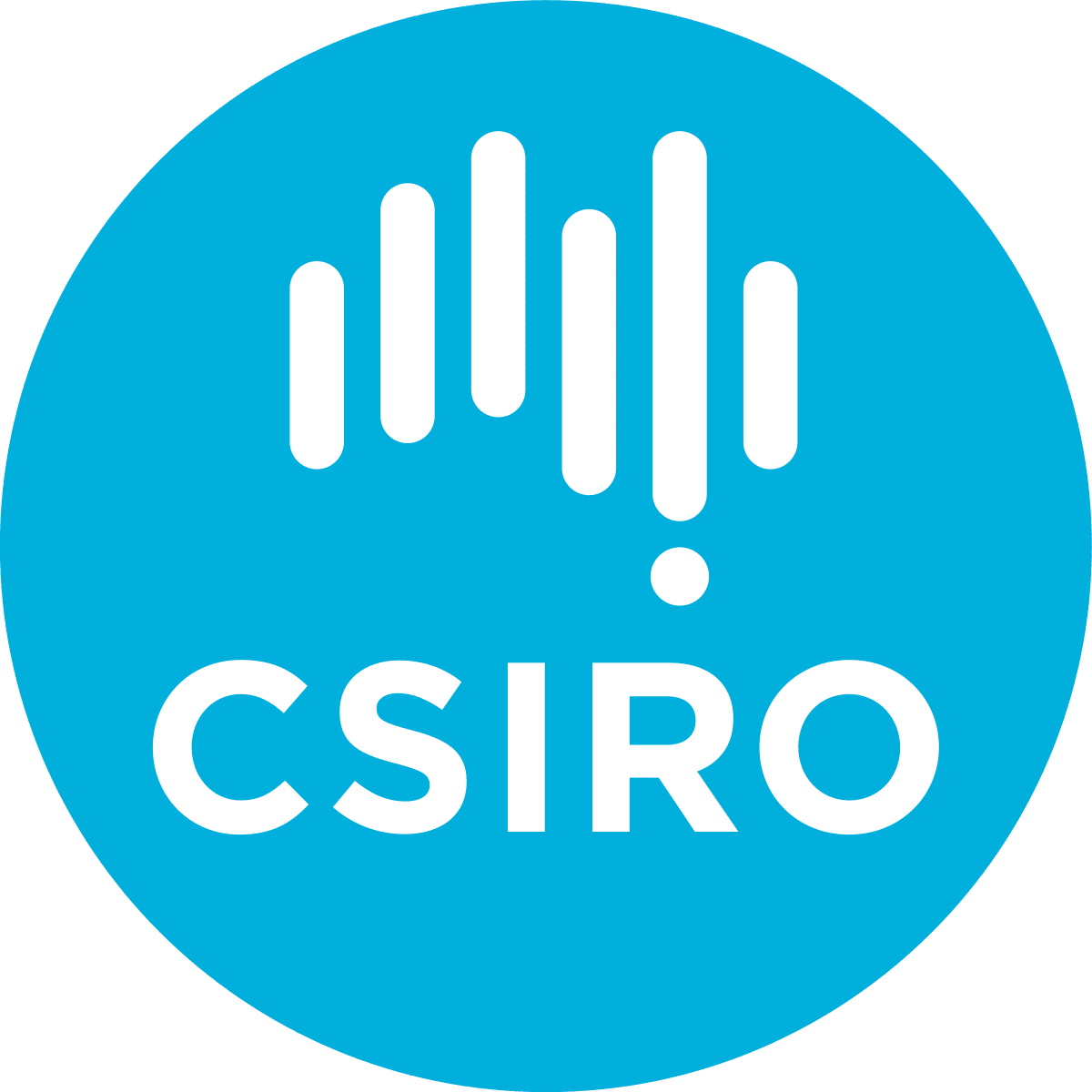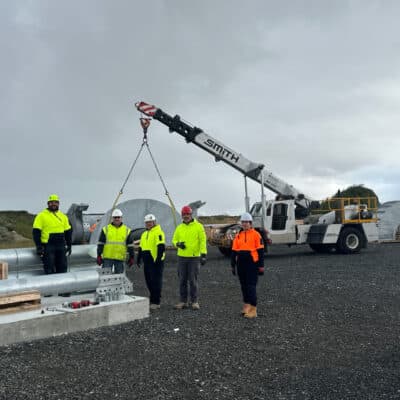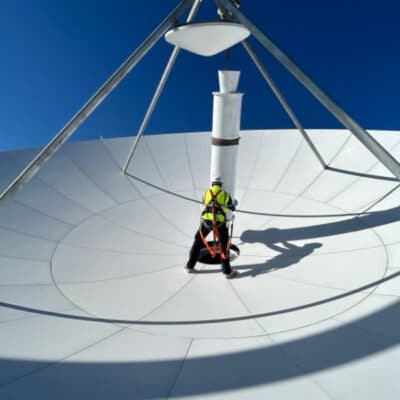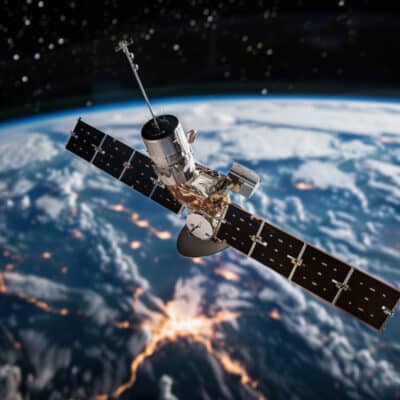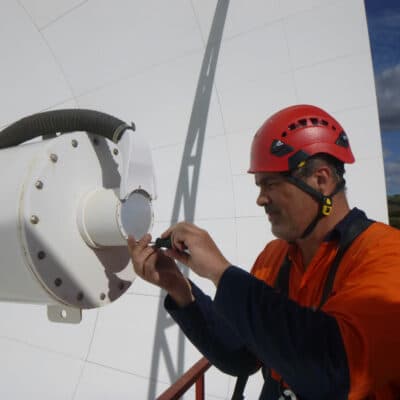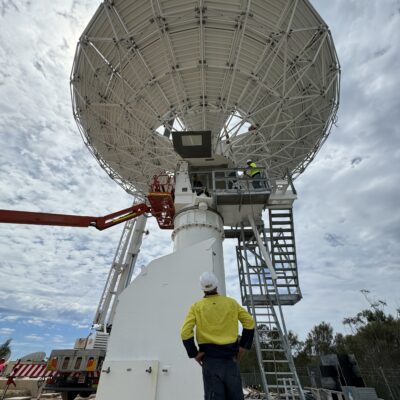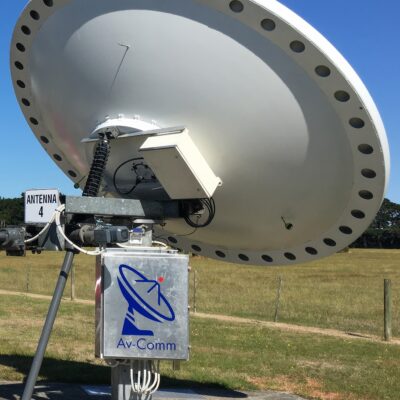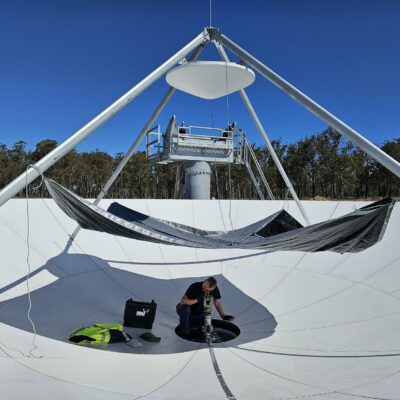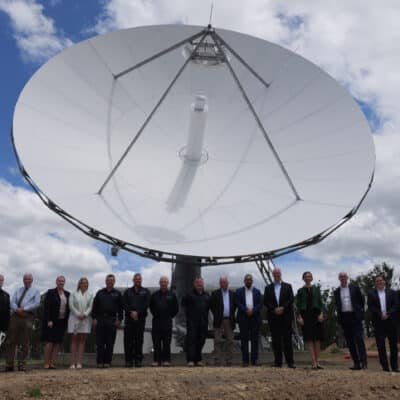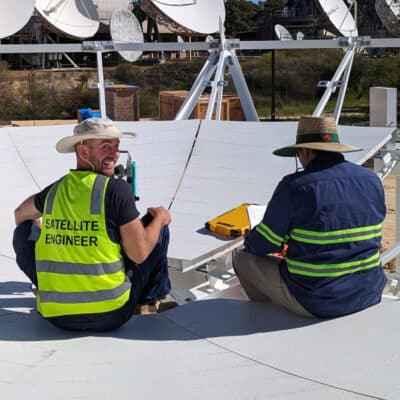Your cart is currently empty!
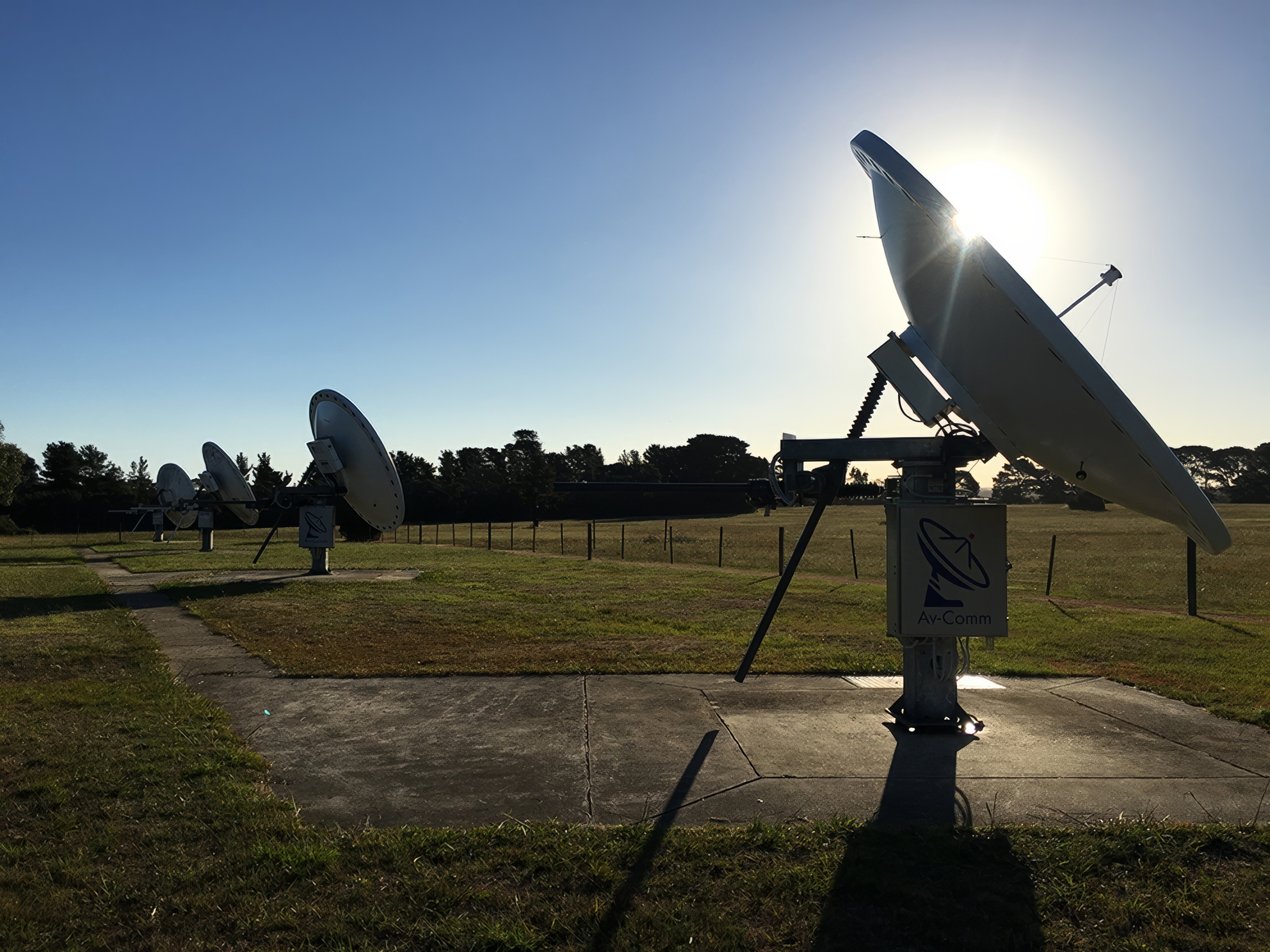
Inclined Orbit Tracking for C Band and Ku Band Satellites
Inclined orbit satellites provide the lowest total cost per megabit for service providers and offer satellite operators an opportunity to maximise the return on their existing infrastructure investment by extending a satellite’s revenue generating life. Inclined orbit tracking systems have become an attractive option for service providers looking for cost-effective bandwidth and for satellite operators looking to extend the life of their satellites and revenues.
C band has always been the preferred frequency band for service providers serving Australia and the Pacific region as it is a weather-resilient service that can guarantee service levels even in the heaviest rain. However, C band bandwidth capacity is often scarce in the regions that rely on satcoms the most, and inclined orbit satellites are proving to offer an excellent alternative that also often happens to be the cheapest price point per megabit available.
STEP Electronics’s advanced tracking system solution that optimises the throughput over inclined orbit satellites, service providers can now reliably take advantage of the cost-effective option of C band on inclined orbit satellites.
The Challenge
Satellite operators often put satellites into inclined orbit for various reasons including: extending the life of older satellites, extending revenues, and mitigating risk by maintaining an orbital slot until a replacement is available. Inclined orbit satellites offer the opportunity to drive down bandwidth costs at a significant advantage to customers.
Satellites are usually put into inclined orbit at the end of their life when station-keeping fuel is very low, by abandoning North-South station-keeping. However, the resulting figure eight pattern created by the inclined satellite can cause a weaker signal or lesser throughput on the ground during parts of the day when the satellite is off axis.
A satellite in an inclined orbit has certain known characteristics (to a close approximation). The inclination of the satellite’s orbital plane relative to the earth’s equatorial plane increases at a rate of between 0.6 and 0.9 degrees per year. The rate varies from year to year. The apparent motion of the satellite is periodic with time, the period is approximately 23 hours, 56 minutes, 4 seconds. The apparent motion of the satellite about a nominal position as viewed from the centre of the earth is a figure eight pattern that is much taller than it is wide. The apparent motion of the satellite is practically a straight line oriented in a North-South direction. It is this knowledge of the satellite’s period and apparent motion that is exploited by STEP Electronics’s inclined tracking system solution.
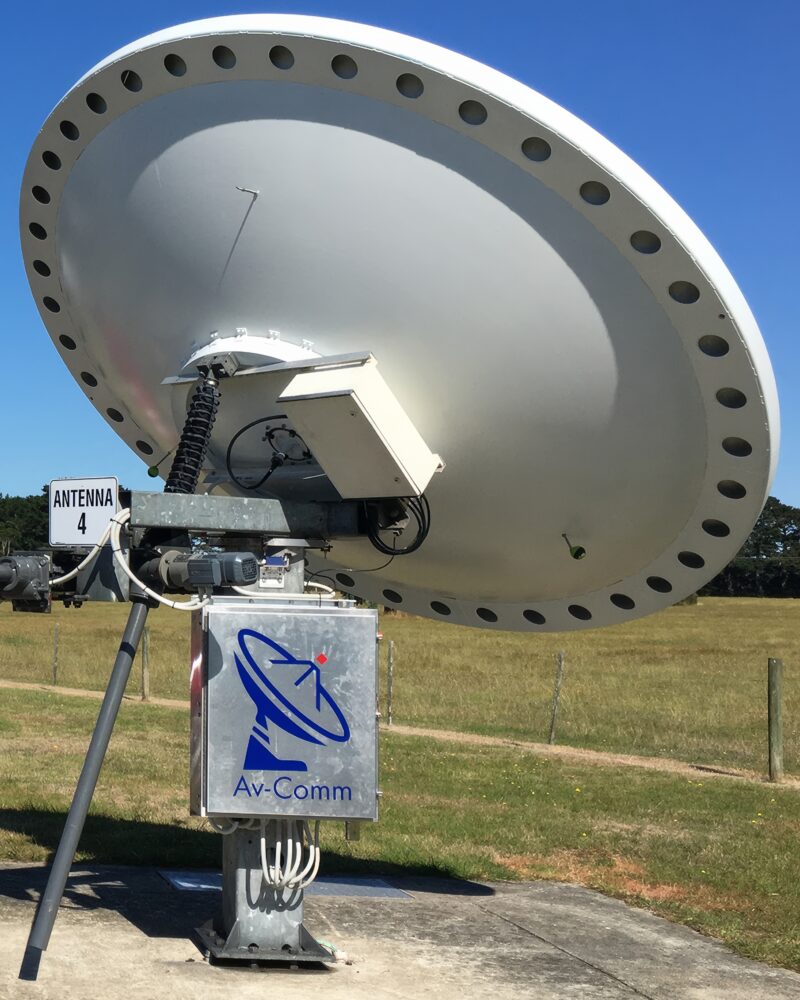
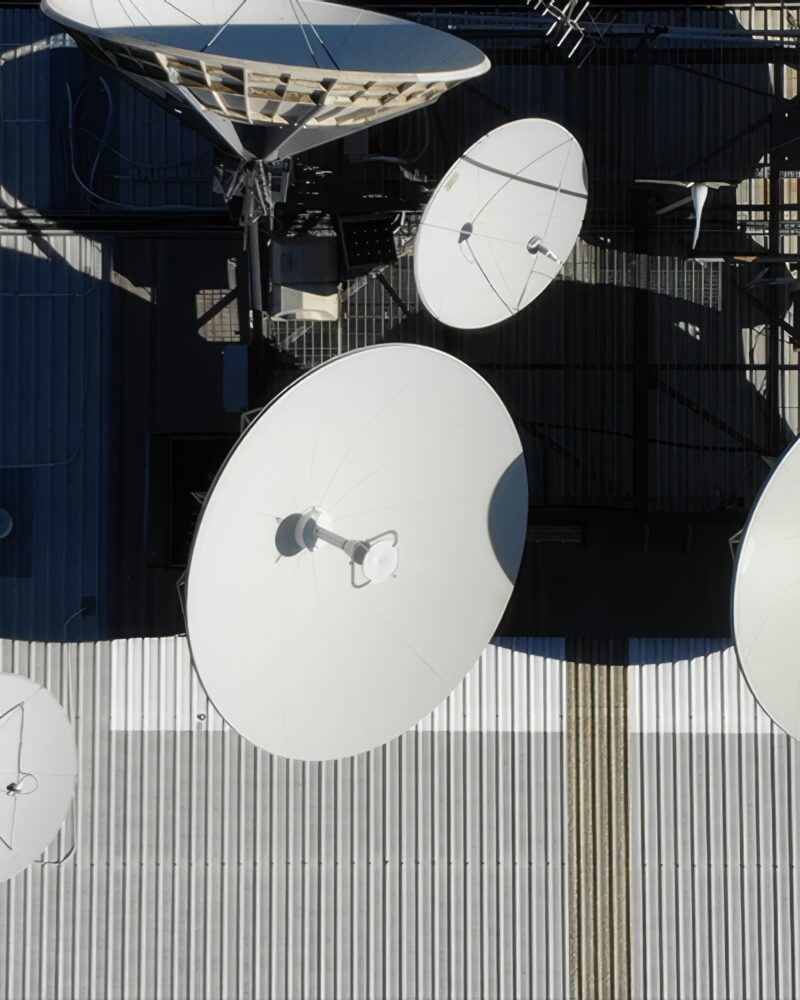
The Solution
The ultimate solution to optimise throughput over inclined orbit satellites involves STEP Electronics’s advanced inclined orbit tracking systems.
Ease of Setup
With STEP Electronics’s inclined orbit tracking system solution, the geostationary satellites of interest are located first, then the desired inclined orbit satellite is found, identified, and logged into memory. The setup data which must be entered is simple: antenna size, satellite longitude, satellite band, antenna latitude and longitude, and maximum tracking error (in dB).
STEP Electronics provides turnkey installation services for customers who are unfamiliar with the setup of this type of system.
Accuracy
The accuracy of the system is determined by the resolution of the position sensors, backlash in the mount, and a user-defined variable which specifies the maximum allowable error. STEP Electronics’s inclined orbit tracking system provides pointing accuracy of up to 0.05° for antennas up to 18M.
C Band: A Reliable Solution for Unique Challenges
The distinctive geographic and terrestrial landscape of Australia and many of the Pacific Islands presents several unique challenges for satellite connectivity due to wide-spread and sparse population distribution and high annual rainfall. Inclined orbit tracking systems provide attractive OPEX savings for customers and increased ROI for satellite operators. STEP Electronics’s inclined-orbit tracking solutions offer a flexible and cost-effective alternative for bandwidth over congested regions.
Partnership with Major Satellite Operators
STEP Electronics’s partnership with major satellite operators guarantees customers the most competitive bandwidth prices on the market and offers satellite operators the opportunity to increase ROI on satellite investment.
Guaranteed Throughput in Inclined Orbit
STEP Electronics’s unique adaptive system actively measures the beacon on the satellite and undertakes a series of ‘peak ups’ to optimise the signal, providing stable, resilient, and guaranteed throughput.
Maximise Throughput in Inclined Orbit
STEP Electronics combines different technologies developed by in-house engineers and with a network of technology partners to achieve maximum throughput regardless of environmental conditions.
Australian Teleport
Based in Sydney, STEP Electronics’s teleport specialises in inclined orbit tracking, offering a best-in-class service to customers around the world. STEP Electronics works actively with major satellite operators to extend the life and profitability of their satellites by connecting them with customers who require C band connectivity and helping satellite operators extend those existing relationships with service providers by making the migration to inclined orbit a seamless experience.

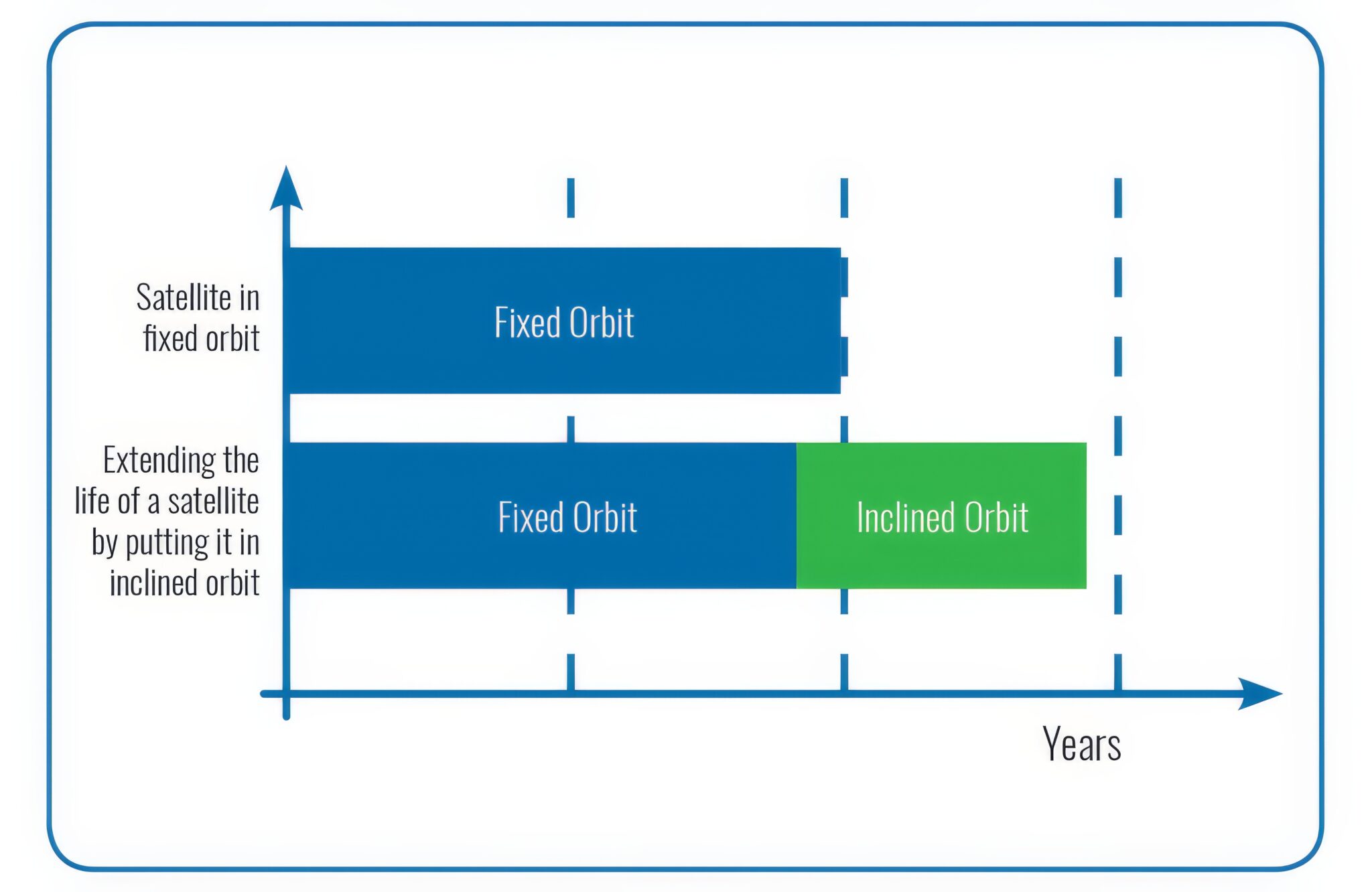
Trusted by Global Industry-Leading Brands








